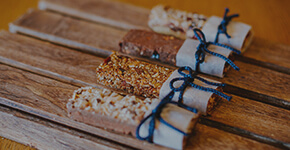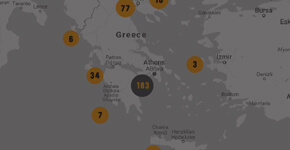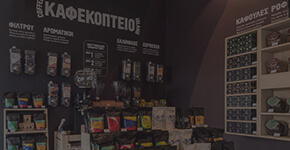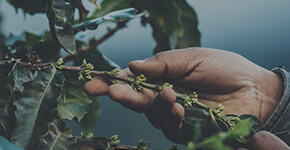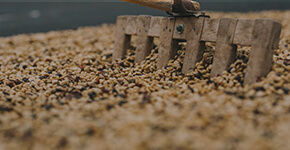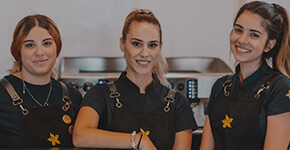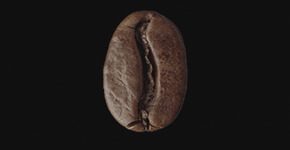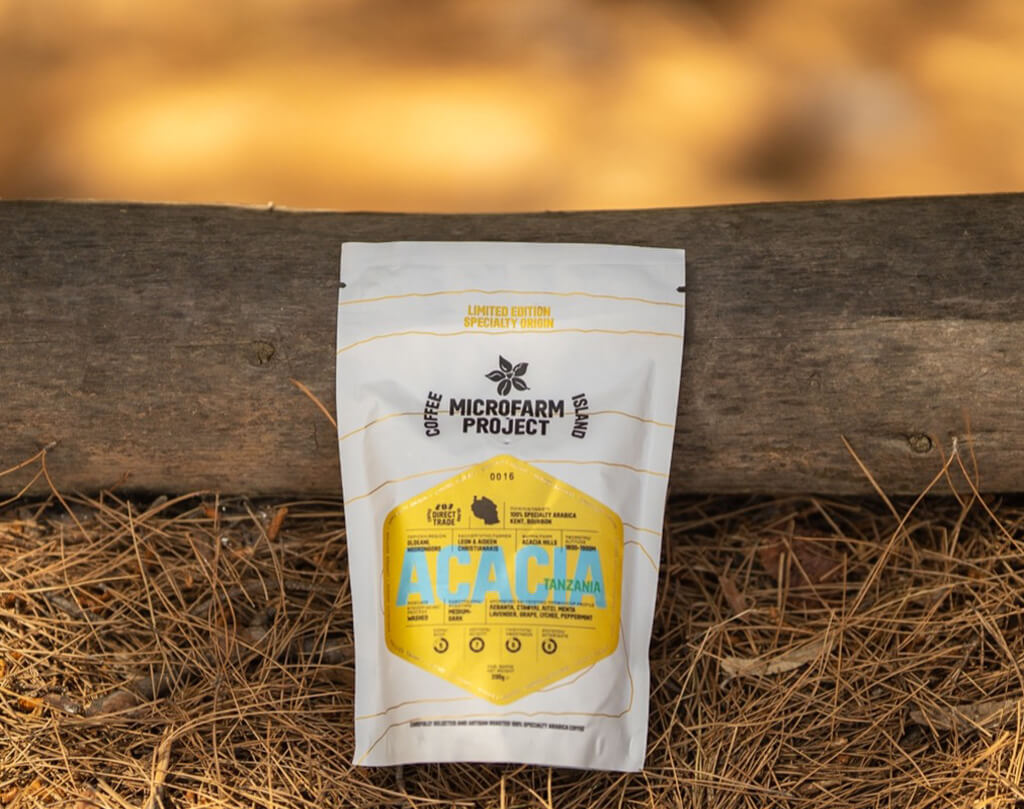The world of coffee. An always expanding, uncharted landscape full of surprises. There are beverages that you may be familiar with, as you enjoy them daily. Other beverages, even though you may know them by name, what they truly are remain a mystery. Finally, there are surely some beverages that you never even knew existed.

But when the truth’s unravelled, It’s always an enormous delight!
Every journey in the world of coffee is a holistic, flavorful experience combining knowledge, the senses and strong emotions that make you want to taste more and more.
The world is full of small, well – hidden flavorful surprises. Embrace yourself, as today we will together discover five of them.
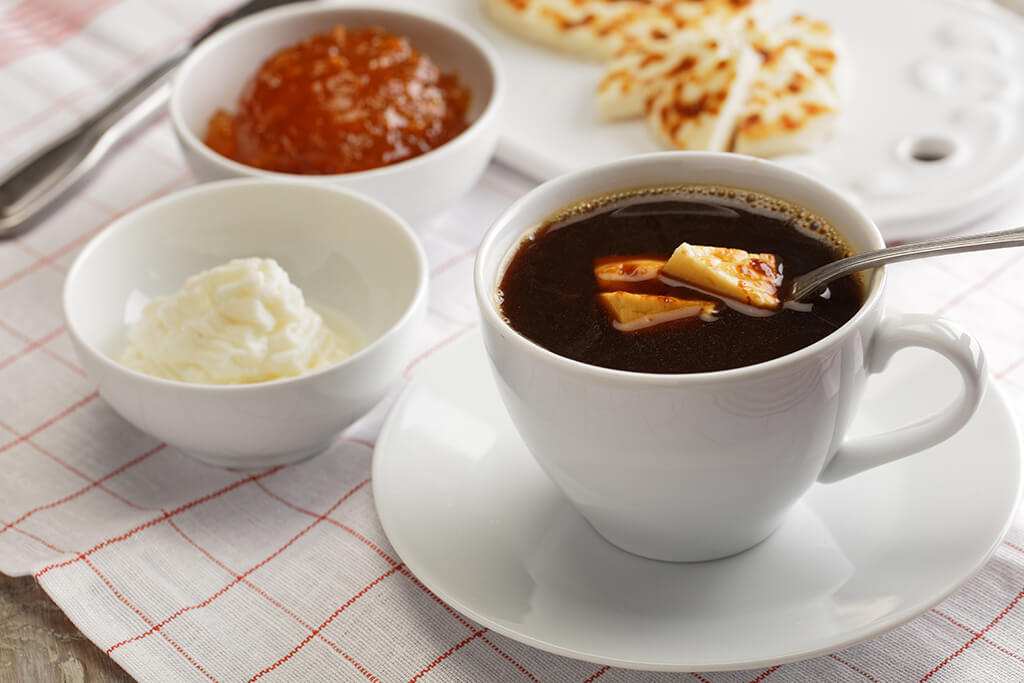
Kaffeost: The most eccentric combination
Coffee and cheese.
Not as a side, but inside the coffee. Yes, you read that right, this is hot coffee with cheese cubes. Sounds odd? Not so, according to the Finnish and the Swedish.
On the contrary, this is what they offer as a welcome drink and they always enjoy it with friends, while looking outside their window or as they chill out in their…sauna staring at the frozen lakes. This is an act of hospitality, designed as a housewarming beverage. If a guest refuses, it may be considered disrespectful and rude to their host.

The ritual? There are two different ways to enjoy Kaffeost. What do they have in common? They are both served in a cup made of birchwood. Some suggest that you have to serve the coffee alone and place the cheese cubes on the side, ready to “dive” into the hot drink, the same way you will dive into this unprecedented experience. Others place the cheese on the bottom of the cup and then pour the hot coffee. Which way are you going to enjoy it? Your host gets to decide.
The benefit? Both the coffee’s and the cheese’s flavors are intensified when the two are combined, providing a velvety texture to your drink.
Fun Fact: The name of the cheese is juustoleipä, or just “cheesy bread”.
Its name comes from its dry texture and from the fact that this cheese is usually combined with marmalade, syrup and coffee, of course.
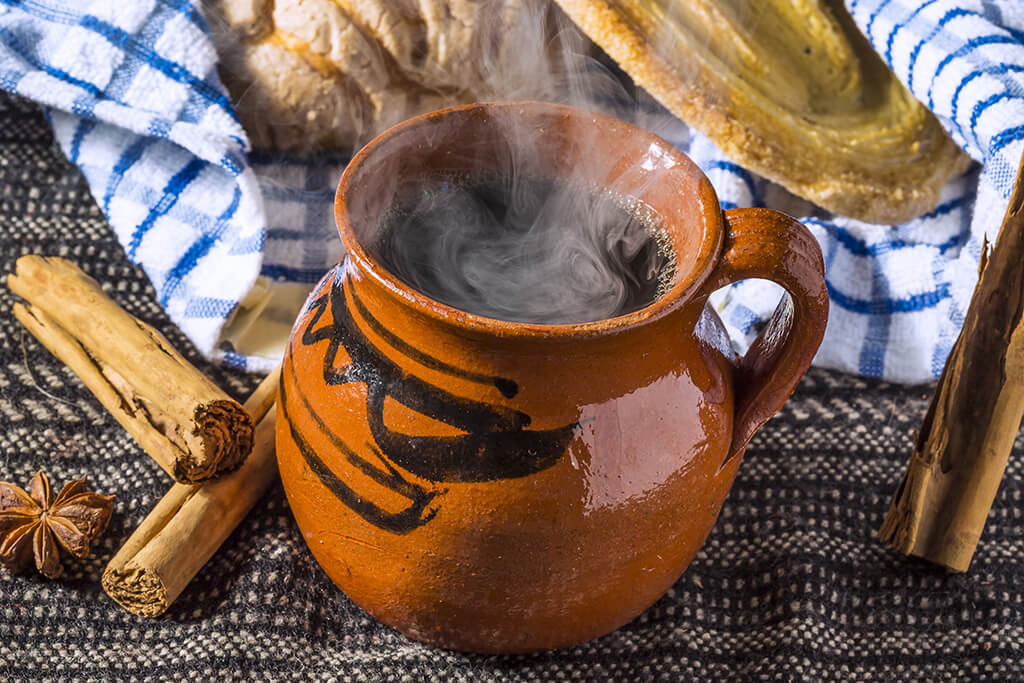
Café de olla: A…revolutionary coffee
From the hands of soldaderas to the hands of the soldiers of the Mexican Revolution in 1910. Enjoyed by Emiliano Zapata himself.
The recipe? Cinnamon, piloncillo (i.e. Mexican sugar), cloves, coffee and chocolate. All of these were brewed in a clay pot, creating a distinct drink that gave energy and strength to the soldiers during the day.
Today? Café de olla has gone far beyond Mexico’s borders and is now considered a superdrink across major cities in the US!
Piloncillo is beneficial for the stomach, while at the same time, cacao is rich in vitamins that boost you. Chocolate’s intensity is what gives this drink its particular aftertaste and makes it a Mexican must-drink.
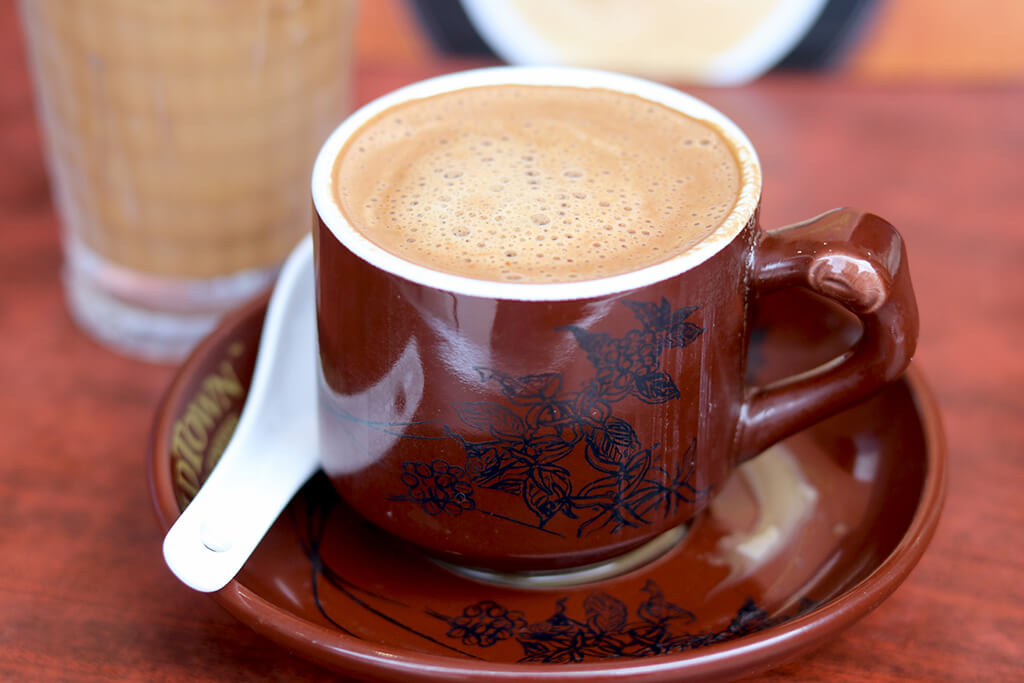
Ipoh White Coffee: A successful experiment
Why is a caramel colored coffee named white? Because its Chinese name relates to the unique way it is roasted, kneaded, and mixed to give this unique result. But, first things first.
The history? As the merchants of Hainan learned the working ways of the Western colonists in Malaya, they learned to drink the Western coffee. But because its flavor was considered bitter, it wasn’t long before the local merchants began experimenting with this new beverage. They tried several new ways to make the coffee more delightful and suitable to the local taste preferences.
Unique aroma: How did the coffee acquire this aroma? With the technique of slow roasting the beans in margarine! A blend of different beans gave us the aromatic and “smooth” coffee that was born in the traditional town of Ipoh.
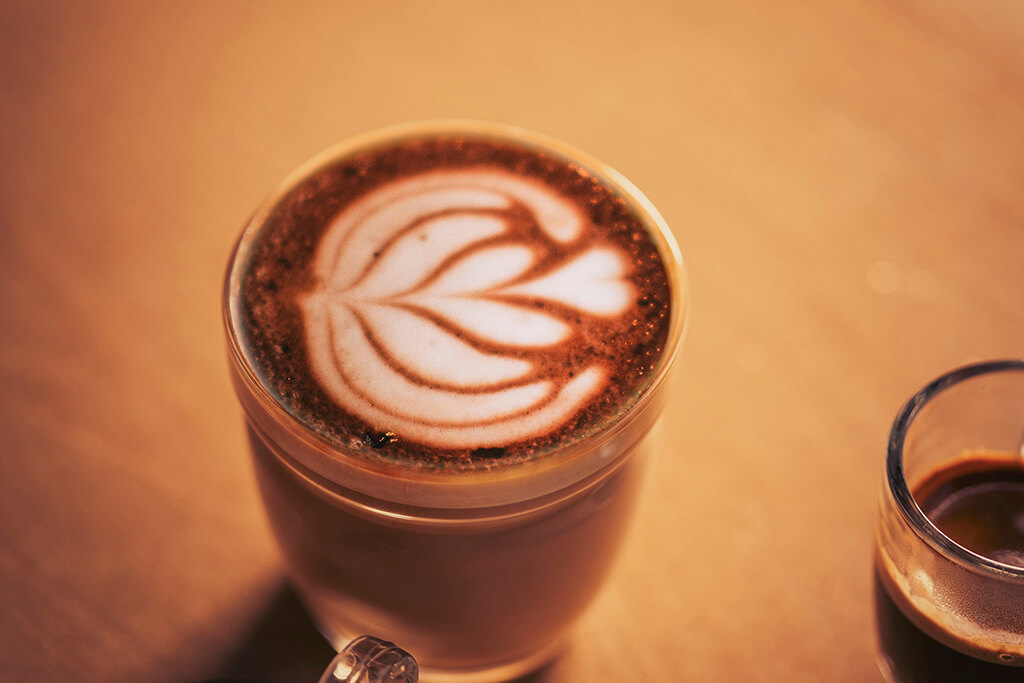
Spanish Latte: The Spanish temperament in a cup
What is it? Espresso with condensed fresh milk. This is not your ordinary combination, since most coffees go with either fresh or condensed milk, but not a combination of both.
The origin? Still to be defined. Some call it Havana Latte, others call it Cuban Latte. The sure thing is its Latin roots.
The recipe? Usually requires two shots of espresso, 1 oz condensed fresh milk with sugar and 5-6 oz hot milk for cappuccino.
It goes without saying that if you prefer to have your coffee cold, you can add ice! Want to learn a twist? Add the ice first and then the coffee for more intense flavor.
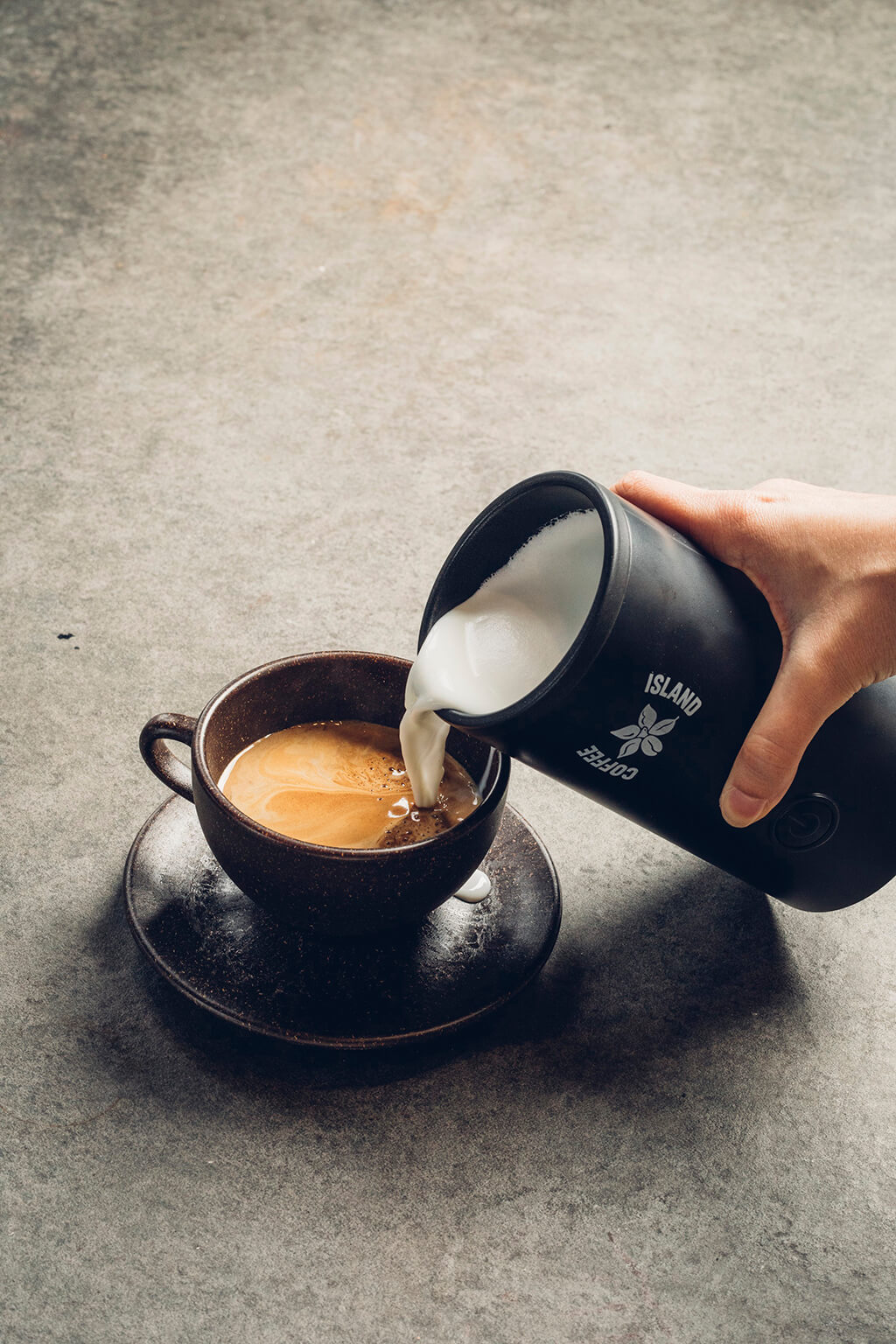
Flat White Latte: Not just a latte
You may have seen the name Flat White Latte, popping up on our menu a lot, but do you actually know what it means? Flat White Latte is a drink based on espresso and hot milk. This is the ideal choice if you want to enjoy your coffee milky but with the intense flavor of espresso.
The origin? Some argue that it came from Australia, others say New Zealand. In any case, it emerged in the 80’s and then spread all over the world.
The difference with Cappuccino? Cappuccino is a smaller and more intense drink. It is made with one espresso shot and a thick foamy layer of milk. Flat White Latte is served in a larger cup than cappuccino with hot milk but much less foam.
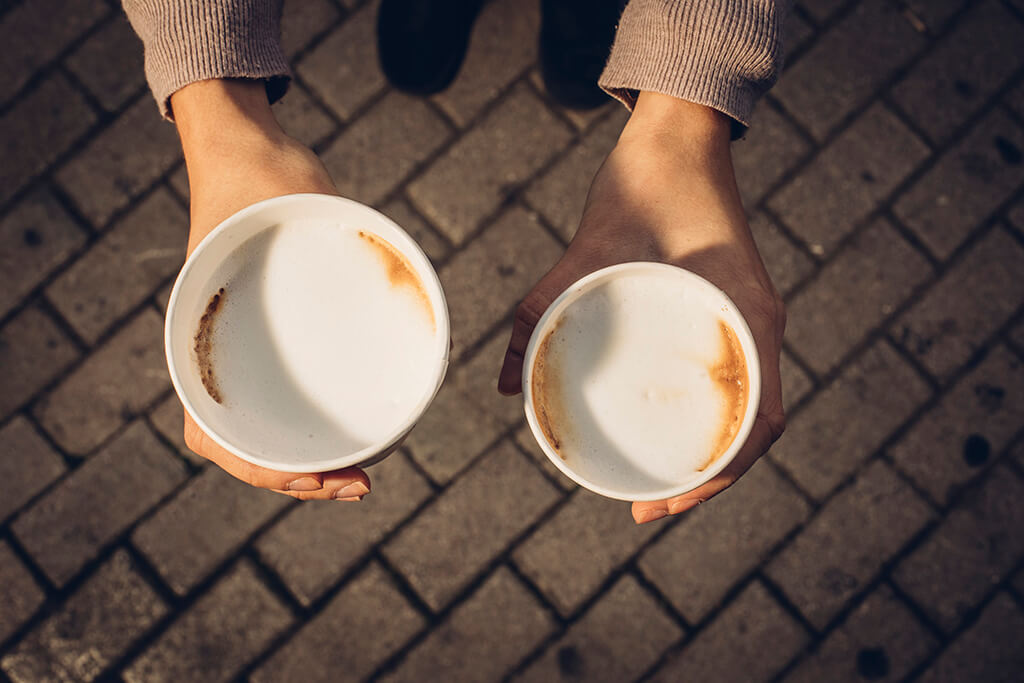
The difference with Latte? Flat white is served in a smaller cup, so it’s less diluted and less foamy, for a more intense flavor.
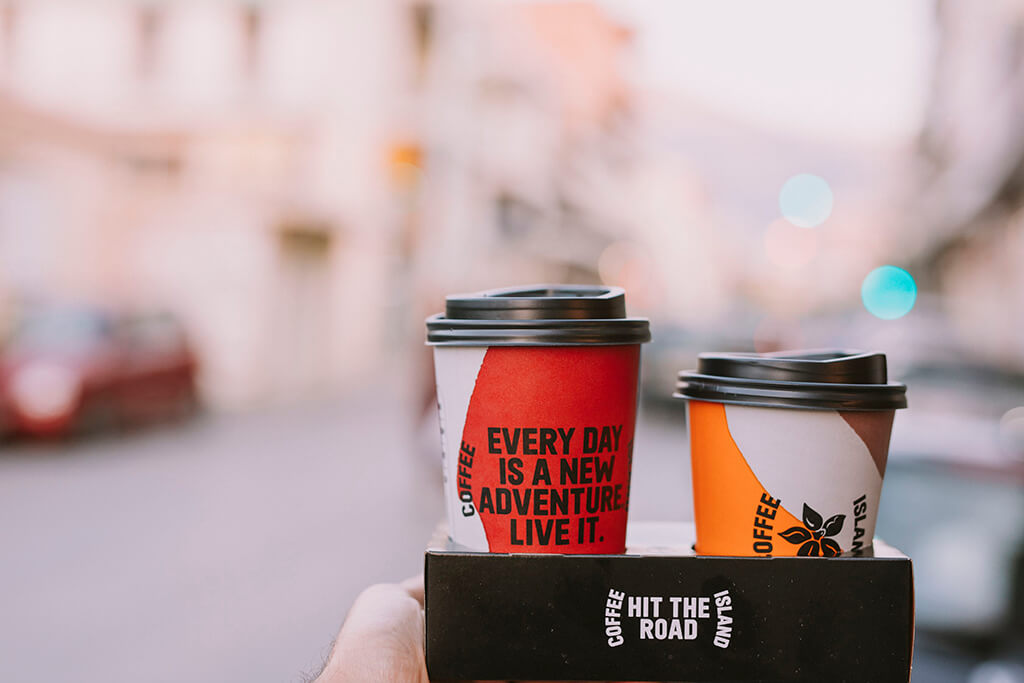
Don’t forget…
Spanish Latte and Flat White Latte have arrived in our Coffee shops. Give them a try and let yourself enjoy a completely different espresso experience, for a change!




